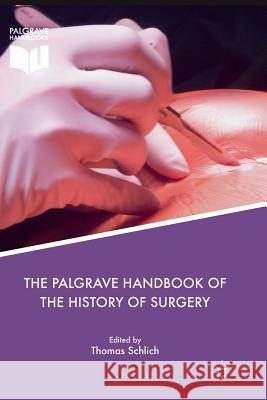The Palgrave Handbook of the History of Surgery » książka
topmenu
The Palgrave Handbook of the History of Surgery
ISBN-13: 9781349957774 / Angielski / Miękka / 2019 / 578 str.
Kategorie BISAC:
Wydawca:
Palgrave MacMillan
Język:
Angielski
ISBN-13:
9781349957774
Rok wydania:
2019
Wydanie:
Softcover Repri
Ilość stron:
578
Waga:
0.82 kg
Wymiary:
23.39 x 15.6 x 3.07
Oprawa:
Miękka
Wolumenów:
01
Dodatkowe informacje:
Wydanie ilustrowane











